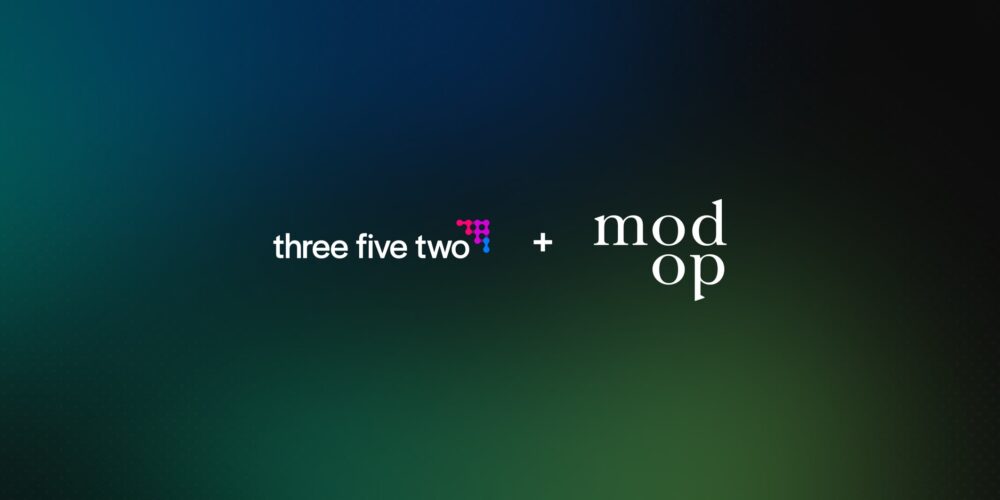
Innovation Portfolio Management Models to Improve Return on Investment
Corporations and their stakeholders know all too well that in today’s fast-moving markets, agility and capabilities related to innovation and new product development are critical for long-term growth. Another well-known fact though, is that the risk of failure for moonshot innovation projects is quite high. So how can companies structure a portfolio of innovation projects to reduce risk and improve profitability in both the short and long term? A combination of ideologies from some of the popular strategic planning models may help provide much-needed clarity.
Three Horizons
McKinsey’s Three Horizons model is a valuable framework for planning your innovation strategy based on the level of uncertainty associated with a given venture. First introduced in The Alchemy of Growth, the Three Horizons describes how to break down and manage the innovation process across three time horizons.
Horizon one is the shortest and focuses on growing and defending a company’s core businesses which are vital to its near-term success. Because the areas in which the company is innovating are well known, the uncertainty is low and therefore should return a profit soonest. An example of a Horizon one might be a releasing the next version of the iPhone.

Horizon two includes initiatives focusing on scaling promising new revenue streams that could expand business in four to five years. This oftentimes involves expanding knowledge from a core business to adjacent opportunities. These initiatives require a significantly higher investment than horizon one due to the time and resources needed to build capabilities and create a competitive advantage with less certainty and confidence. An example of a Horizon two innovation might be expanding the Tesla product line from the Model S to the Model Y.
Horizon three includes the earliest-stage initiatives with the highest level of uncertainty. These are the ideas that could lead to the creation of completely new markets with high demand and low competition. They also have the highest level of risk, and require the most research and development to improve confidence. An example of Horizon three might be the work Meta is doing to bring augmented reality tools to a mass market.
With this framework, companies can consider the varying degrees of focus, management, tools, and resources needed for each horizon. By organizing initiatives based on these factors, the risk of over-investing in any one idea that could negatively impact the bottom line can be thoughtfully managed based on their relation to its expected return on investment in the short, mid and long term.
Guide, Diversify, Measure, Act
In The Invincible Company, Strategyzer presents another strategic approach to portfolio management- Guide, Diversify, Measure, Act. The first component, Guide, provides clear direction for where to focus your efforts. It starts with a deep understanding of your corporate identity, defined by a company’s strategic direction, organizational culture, and brand image your company projects to the world. This step should provide the needed context to decide what to focus on, and maybe more importantly, what not to.
The second step of this model is Diversify, which involves deciding the number of project investments a company may need to manage in order to deliver a return. For example, if a company decides that it will take a $100,000 investment in ten projects and that nine are expected to fail, they’ve set the expectation that it will likely take a 1 million dollar investment in new product development to return a profit.
As a frame of reference, a study released by Correlation Ventures that collected data on over 21,000 U.S. ventures from 2004 to 2013 found that 65% of financings failed to return a profit, with only 10% producing a return of 5x or more and 4 out of 1,000 (0.4%) early-stage investments resulting in substantial earnings of 50x or more.
Using these benchmarks and mapping a plan to profitable earnings for your company within the focus areas you’ve defined could provide much-needed clarity as you explore where to invest your research and development funds.
The critical thing to remember here is that it’s impossible to know which projects will be the ones to return a profit. Which leads to the next component of this model, measure.
To most, measure might sound like the practice of evaluating the execution and market success of a project. But the projects in your innovation portfolio are not proven businesses yet and require a different set of measurements. While these projects are still trying to find their way to product-market fit, they should be measured on their level of risk and uncertainty.
Strategyzer outlines four KPIs to measure projects in your innovation portfolio: risk and uncertainty, expected profitability, learning velocity, and cost. This article won’t go into detail about how to measure each of these, but it’s essential to understand that these measurements require a different approach than how a product team would measure execution for a product with validated product-market fit.
The final component of the model is Action, aka making decisions. This step is used by product leaders to evaluate decisions for pitches asking for additional investment. It includes assessing the risk associated with the feasibility, viability, desirability, and in some cases, usability of the product. With this knowledge, leadership can make informed decisions about when and how to scale projects intelligently.
With an understanding of the different components of each model, leaders will be in a much better position to evaluate their innovation strategy and reduce the risk of venturing. An intentional approach to planning and deciding where to scale investments will help create a manageable process that leads to better decision-making.




